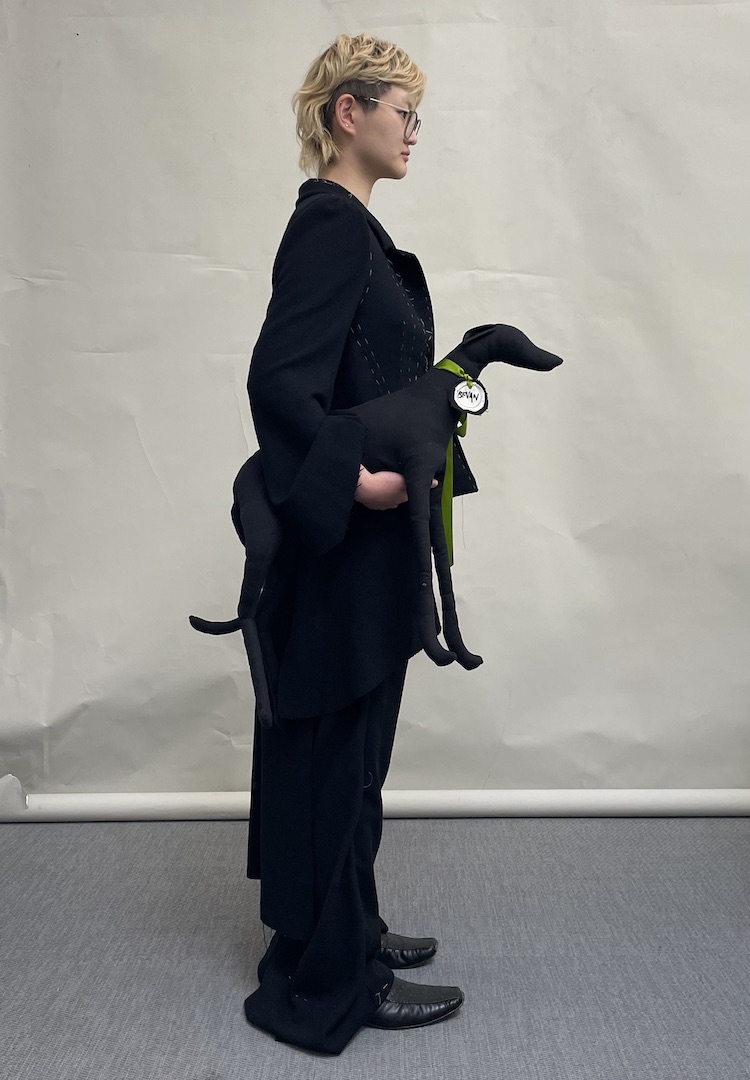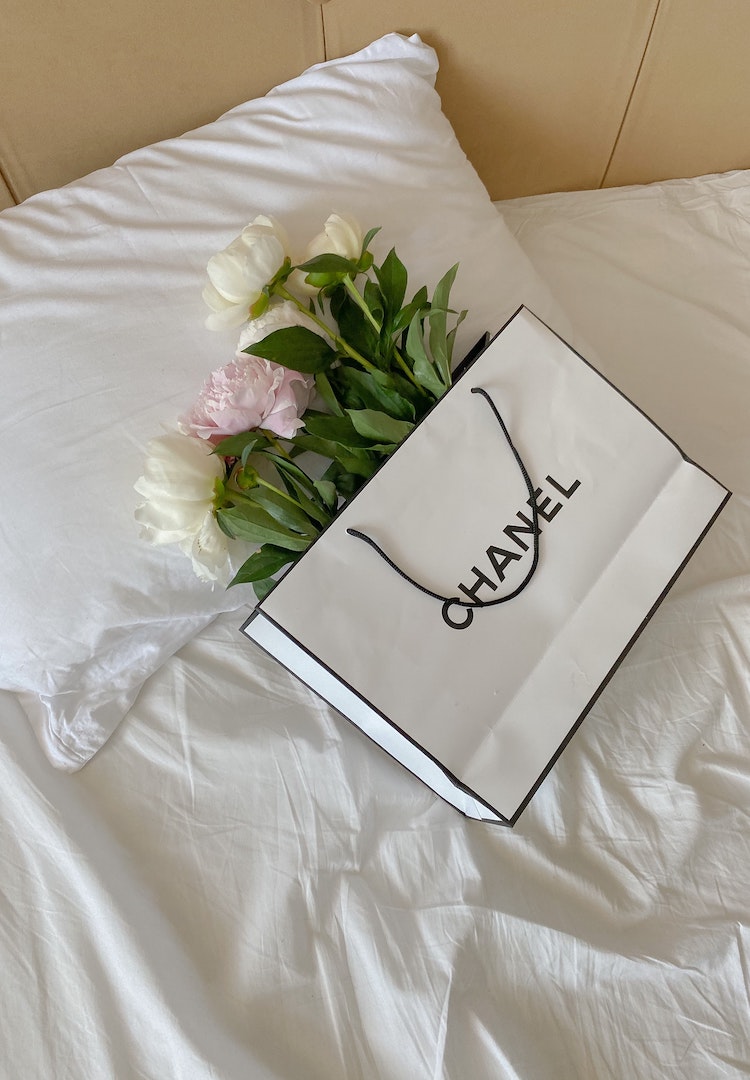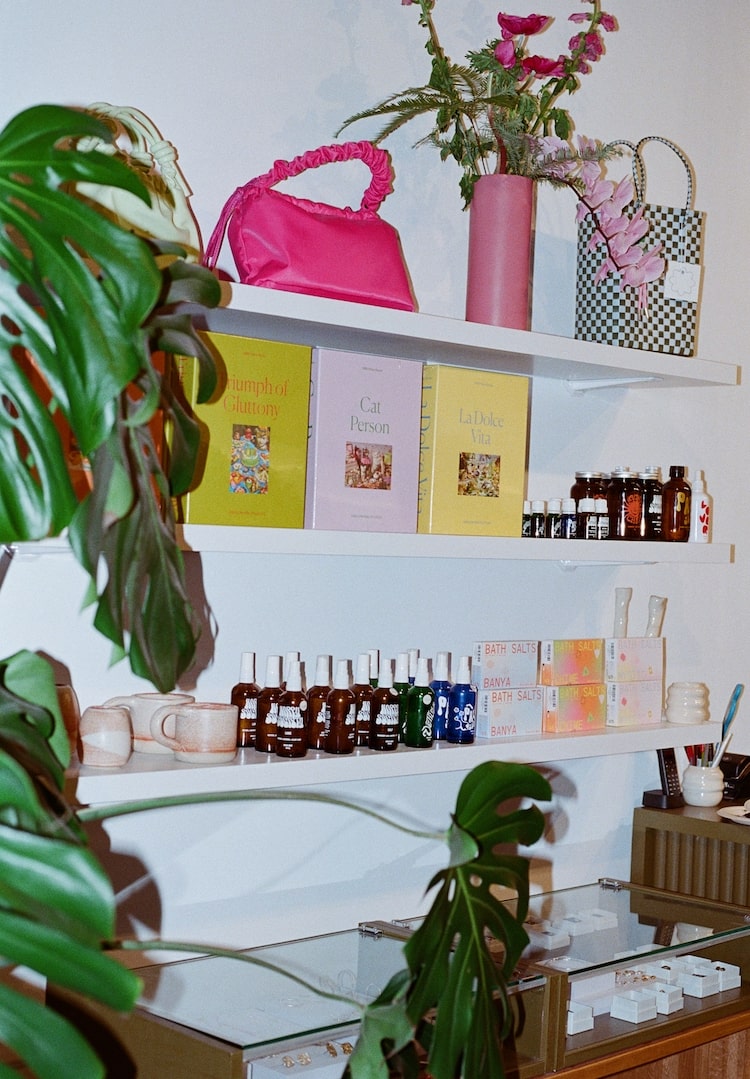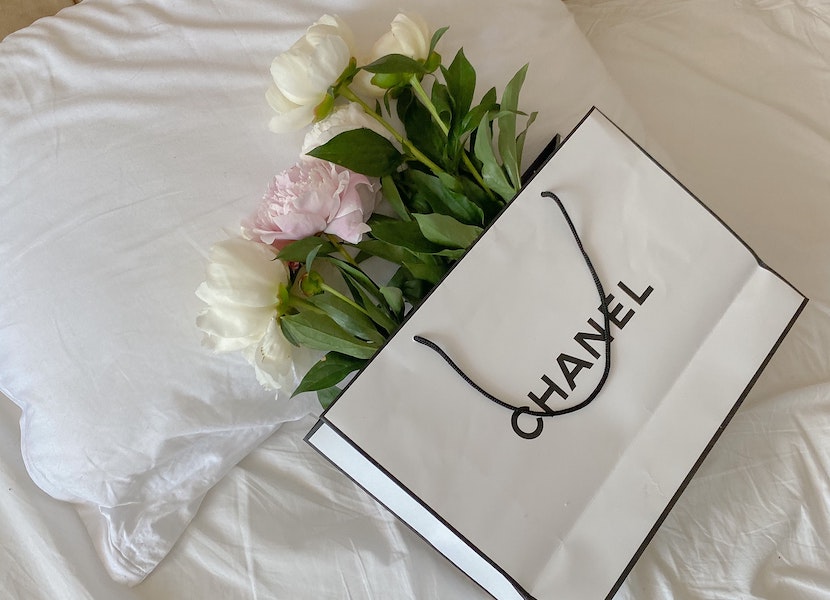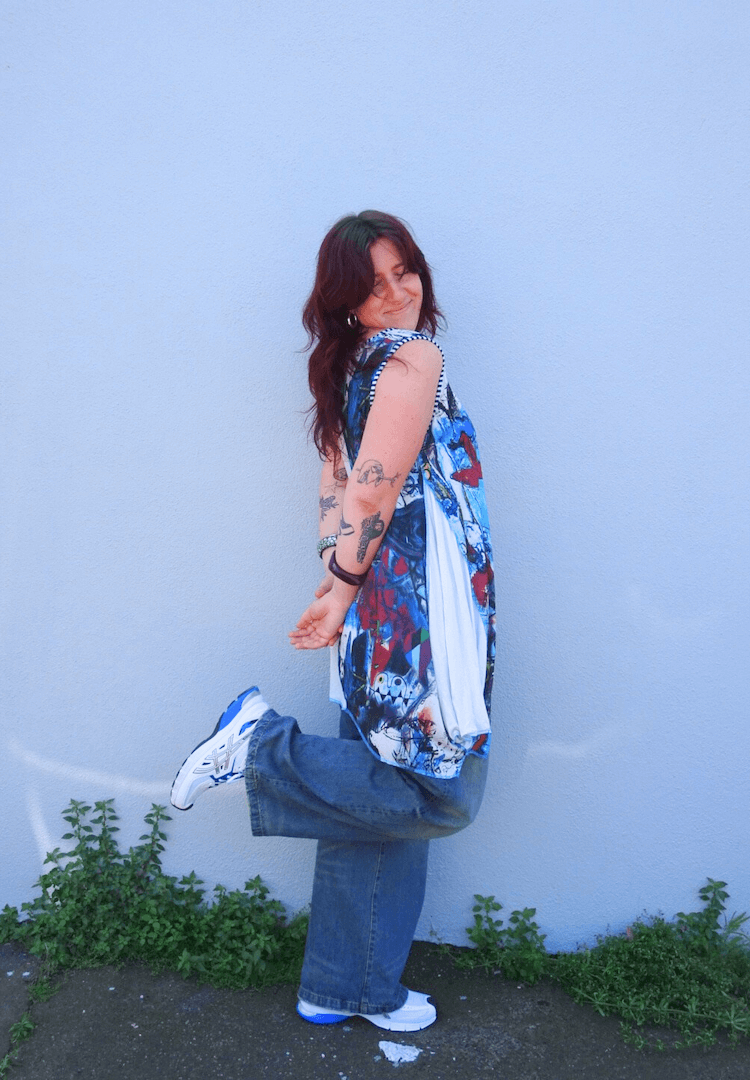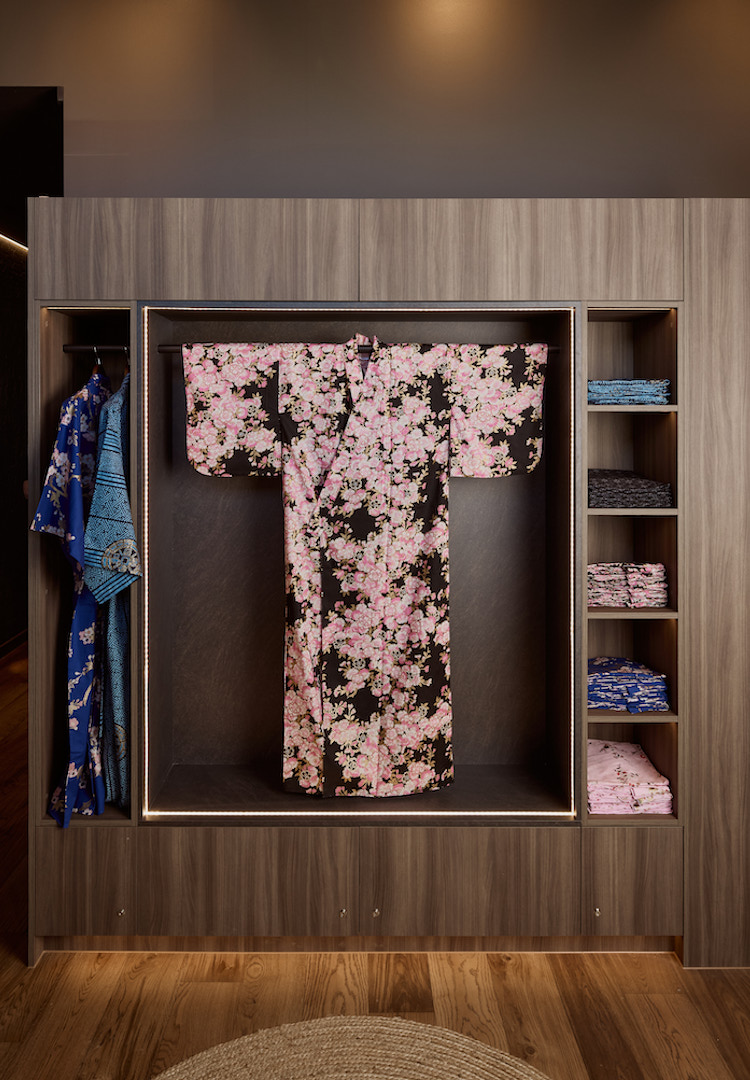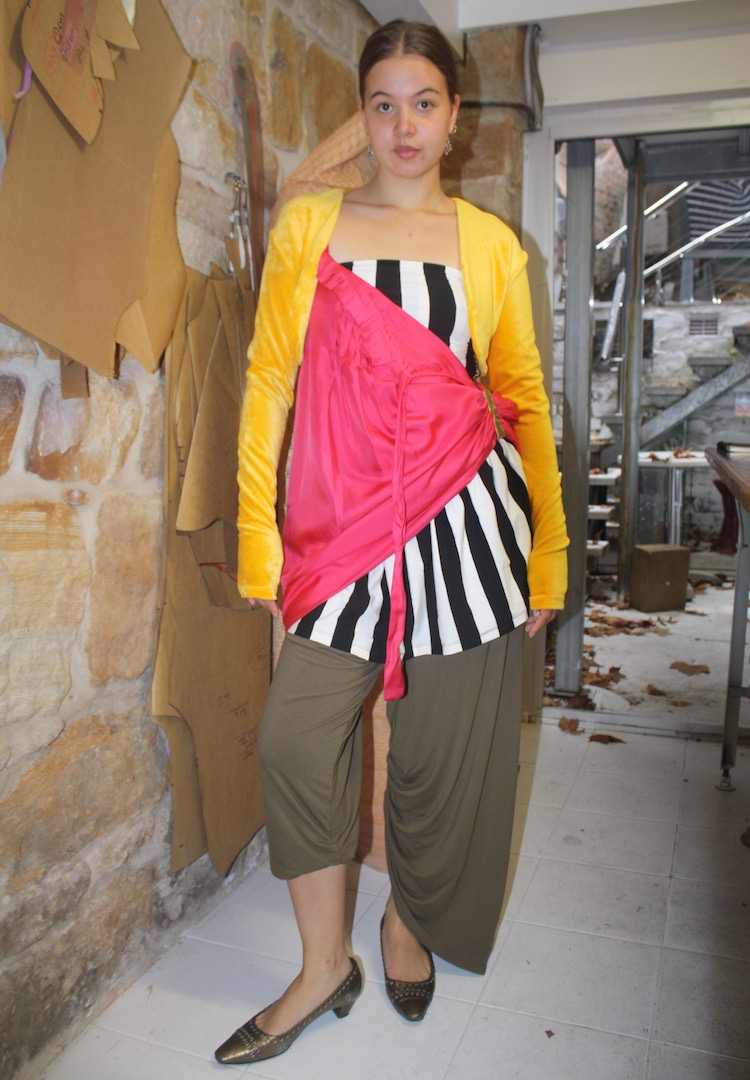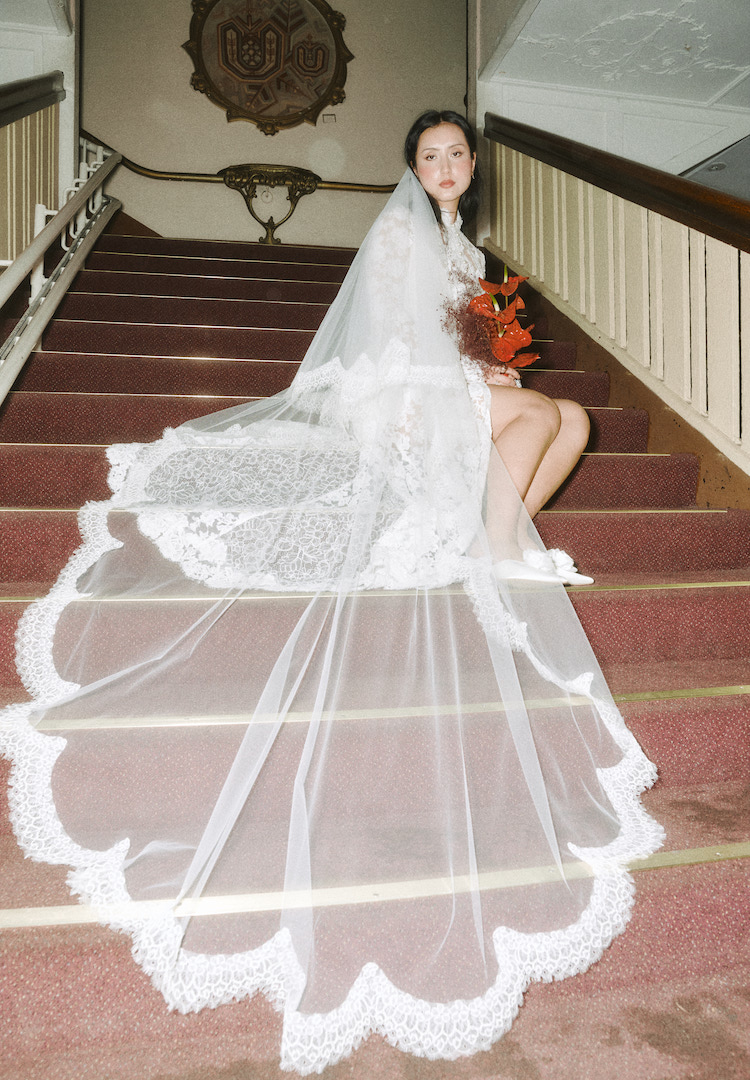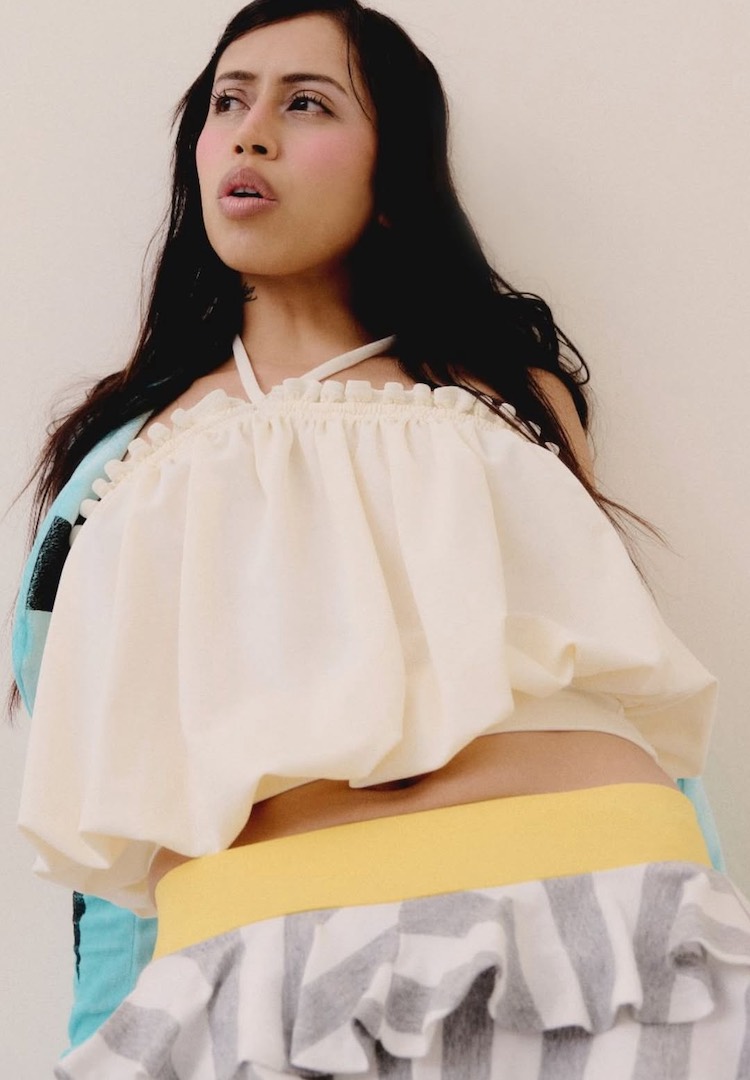Why is Gen Z buying into luxury ‘superfakes’?
WORDS BY MAGGIE ZHOU
Not a victimless crime.
A faux pas above all faux pas, wearing a cheap knock-off of a luxury brand used to be considered the ultimate style gaffe. Now that might not be the case. With ‘superfakes’ – counterfeit products almost indistinguishable from the real deal – on the rise, young shoppers are willingly and eagerly purchasing fake goods.
By 2035, it’s predicted Gen Z will account for 40 per cent of the global personal luxury goods market, according to Business of Fashion. At the same time, the appetite for superfakes is only growing.
For more fashion news, shoots, articles and features, head to our Fashion section.
Keep in mind, Gen Z is broadly socially progressive and values climate change action. But it’s also a generation willing to look past unethical and unsustainable practices for the shine of owning the next ‘it’ item.
“It is true that Gen Z has a strong commitment to sustainability where 82 per cent have concerns about the state of the planet,” Dr Marian Makkar, Senior Lecturer in Marketing at RMIT University, tells me. “But this attitude towards sustainable causes comes into conflict and contradiction with their actions when it comes to superfakes.”
This is what’s known as an attitude-behaviour gap, when someone’s values don’t reflect their actions. “They may care about the environment and some social causes, but they do not see the connection that buying superfakes is illegal, unethical consumption behaviour,” Marian explains.
“We find Gen Z consumers rationalising this contradiction by embracing fakes and leaning into pride. Gen Zers find this a way to democratise fashion, especially in an era of rising inflation and their concerns about economic stability,” Marian says. “Nevertheless [Gen Zers] prioritise price, quality and convenience.”
The shift in perception of superfakes could be explained by a few reasons. First, the quality of fake handbags has increased dramatically, making superfakes harder to spot. No longer do the stereotypes of cheap, poorly made replicas stand. In fact, superfakes often come with a not insignificant price tag, as these products are commonly handmade and use expensive materials, according to the ABC.
Marian also suggests the rise of influencers normalising the purchasing of superfakes has helped change its social standing. “Digital creators and influencers are using their cultural capital to shift the narrative around counterfeit items or superfakes as desirable, smart and trendy to their younger followers,” she says.
For Lana*, a fashion obsessive from Melbourne, purchasing a counterfeit designer item was a way to glean some of the joy the original could’ve provided, but without the weighty price tag. As someone often living pay cheque to pay cheque, she couldn’t justify spending $460 on an Acne Studios scarf.
“A few years ago, a friend of mine purchased the exact scarf I was after but she confided in me it wasn’t actually from Acne – it was a replica from eBay,” she tells me. “I spent the last $30 in my account on my very own fake Acne scarf.”
While Lana was initially content with her knock-off, the poor quality of the scarf soon became obvious. “The stitching on the large Acne label came slightly loose – and I realised it was crooked to begin with – and the fabric began to feel like a boiled piece of candy floss… This synthetic counterfeit scarf only lasted one winter and has now been shamefully relegated to the back of my wardrobe, never to see the light of day again.”
The conversation around superfakes has reached a fever pitch in Australia in recent months. In August, it was shared the fair trading investigation into designer outlet Cosette received almost 500 complaints and $1 million in contested products.
“There is certainly a big difference between intentionally buying fakes and being duped into buying fakes. Nobody likes to be duped and tricked into buying an authentic product to later discover it is a fake,” Marian says. “The popularity of superfakes also harms legitimate Australian brands and businesses by contributing to an underground, illegal and unethical economy.”
For Hawkeye Vintage, an Australian secondhand designer goods consignment store, stories like this only bolster its mission. “When investing in luxury, opting for authorised dealers is not just a choice; it’s a necessity. Authorized dealers are officially recognised by brands, ensuring that you receive genuine products backed by quality assurance and impeccable craftsmanship,” Zoe De Luise from Hawkeye tells me.
“Purchasing pre-loved luxury items is another way you can experience luxury fashion at a more affordable price tag and, at the same time, you would be contributing to sustainable practices,” Marian adds. She stresses that superfakes aren’t a victimless crime, either. “Counterfeits of any form are illegal. There is a chain of criminality and victimhood that is multi-layered,” Marian explains.
“The sale of superfakes impacts luxury brands by violating their rights as trademark holders. It’s also impacting small and medium retailers that are doing the right thing by selling authentic products. Superfakes undermine intellectual property rights for everybody.”
With over 24 million views on TikTok and counting, the churn of superfakes isn’t slowing down any time soon. The desire to own even a sliver of the real deal when it comes to designer goods is extremely alluring – despite the ethical strings attached.
*Name has been changed.
To learn more about superfakes, head here.

